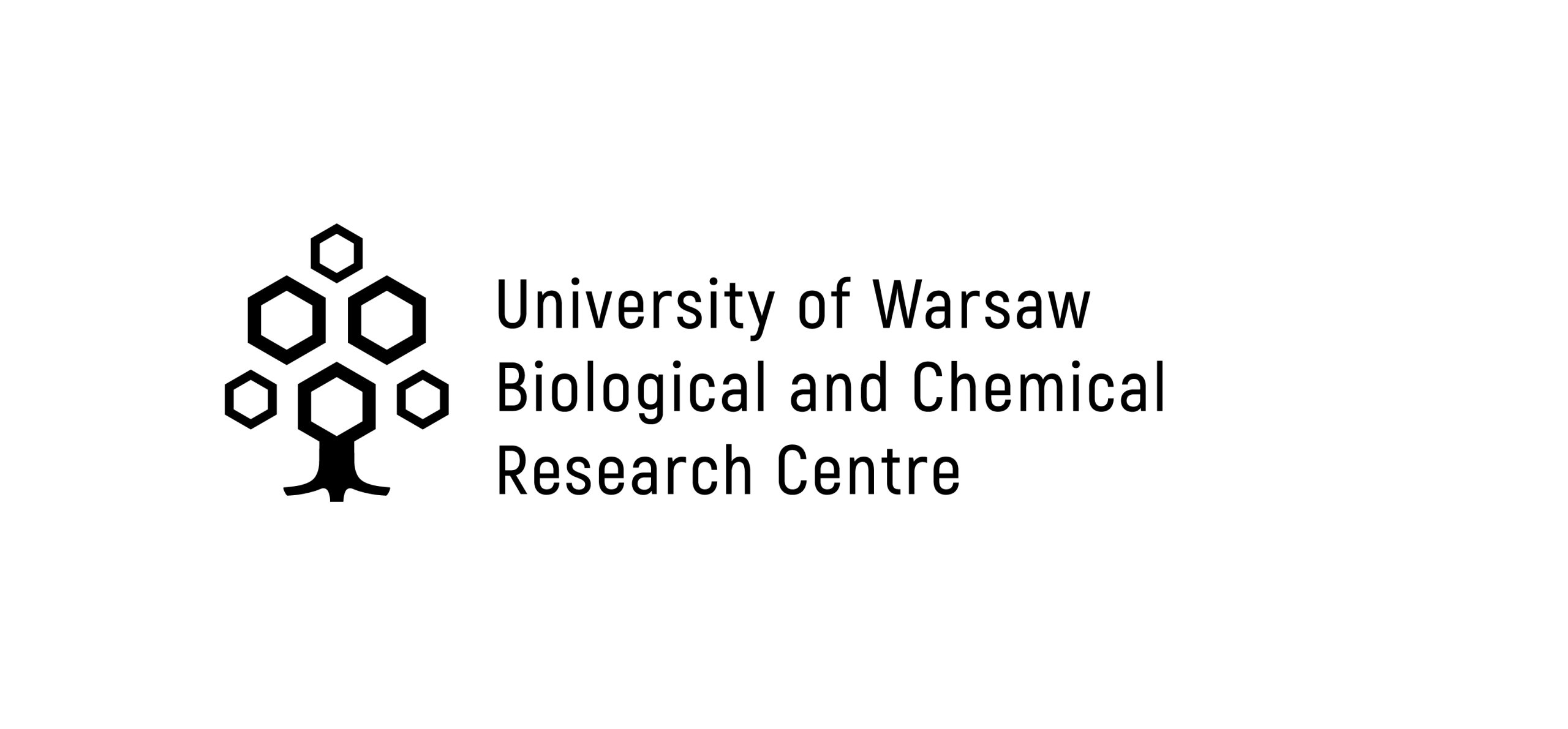Interdisciplinary Laboratory for Archemoetric Research
Description of the Group
The research group INTERLAbAR deals with physicochemical research on ancient objects in close cooperation with archeologists, art historians and art restorers. INTERLAbAR has access to modern instrumentation and possibilities of carrying out detailed chemical research, providing high-level prevention of analyzed objects with the documentation of consequential stages of measurement. The laboratory specializes in detailed inorganic analyzes, with particular attention to non-routine studies on elemental and isotopic composition of unique objects that require non-destructive or micro-destructive treatment during measurement.
Research Activities
Research conducted in the INTERLAbAR is based on interdisciplinary research projects, in which the group’s research potential can be used for:
- understanding historical technological processes
- identification of artistic materials
- research on provenance of ancient objects
- detailed chemical characteristics of analyzed objects (including averaged and local measurements and research on distribution of particular elements or isotopes present in analyzed objects).
Recent years brought about major developments in analytical and instrumental techniques, including microanalytical and surface methods in analyses of ancient objects. Therefore, the main volume of research concentrates on the development of application potential of measuring system, which consists of mass spectrometer with inductively coupled plasma and laser micro-sampling system (LA-ICP-MS).The LA-ICP-MS method enables researchers to conduct multielemental, micro-destructive measurements on the trace and ultra-trace levels of concentration in solids.This methodology allows researchers to obtain information about the composition and the structure of studied materials, which otherwise remain inaccessible. The LA-ICP-MS method is especially useful in archeometric studies, since it omits mechanical sampling and dissolving procedures, which results in minimizing the risk of sample damage.The credibility of the obtained results of the LA-ICP-MS method depends on the proper optimalization of a complex measuring system.Understanding the impact of laser energy on solids and ways of transport of obtained material to the plasma are a crucial part of this process.
Thanks to access to portable X-ray fluorescence spectrometer (p-XRF), researchers can perform multielemental measurements on large scale objects too (e.g. metal constructions, stonemasonry materials, bridges), heritage sites (e.g. monuments) and museum exhibits that cannot be transported to a laboratory and mechanical sampling may damage their physical integrity.
